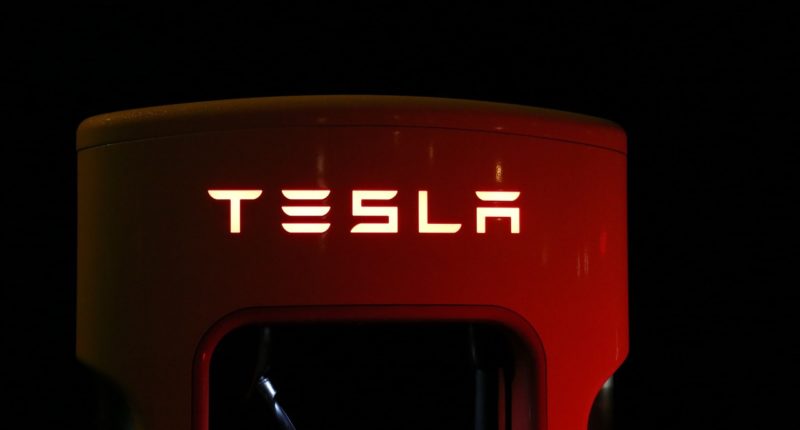The coronavirus fear has possibly put a stop to Tesla’s glorious run of two consecutive profitable quarters as the company’s market cap hit the $80 billion mark. It’s been a long time since Tesla’s market cap has gone below the $100 billion mark, signalling the financial recession caused by COVID-19 outbreak.
Tesla’s current stock price of $420-ish is less than half of the peak $900+ share price that the company achieved as recently as February this year. The company clocked a market cap of well over $100 billion, making it the biggest carmaker in the US, way ahead of its traditional rivals.
Tesla was on a roll after commercial operations commenced in a record time from the company’s gigafactory in Shanghai last year. Then came analyst-beating quarters, which further pushed company market cap to unprecedented highs. However, things took a turn for the worse, as did for most economies globally, after China started reporting the coronavirus epidemic on a scale. Automobile industry in the region plummeted by 78%, with Tesla’s plan for expansion being stopped right in the tracks.
However, it’s not just Tesla that has caught on the fever. Other automobile companies are showing similar trends. Ford dropped 10%, near 5.08. General Motors (GM) was also down 10%, near 22.20. Fiat Chrysler Automobiles (FCAU) plunged 19%, near 8.09.
Still, the company has a positive outlook or as Elon Musk would say, coronavirus is not the boss of him. Tesla surprisingly reported the delivery of its first Model Y SUV yesterday, without any signs of slowed down deliveries or effected supply chain. However, the deliveries, as is the norm, will first go to employee customers. Therefore, it is yet to see if Tesla will be able to meet its deadline of Model Y deliveries as supply chains around the world continue to suffer.
The company has already reported expected delays in its Shanghai facility and Model 3 deliveries in China. Chief Financial Officer Zachary Kirkhorn recently said, “The coronavirus epidemic has severely disrupted communications and supply chains across China.”






